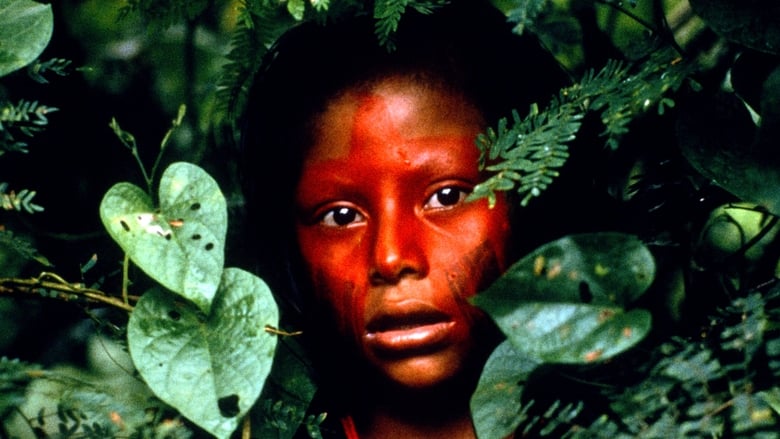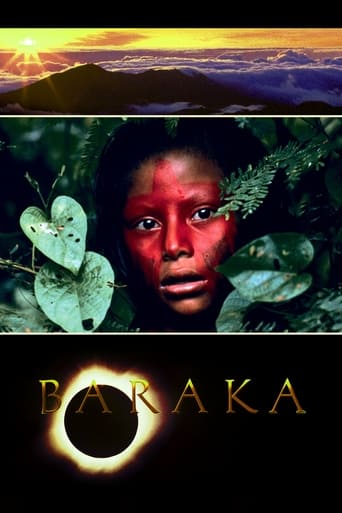
A paralysingly beautiful documentary with a global vision—an odyssey through landscape and time—that attempts to capture the essence of life.
Similar titles
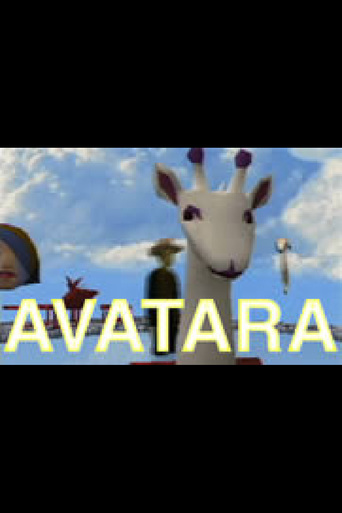

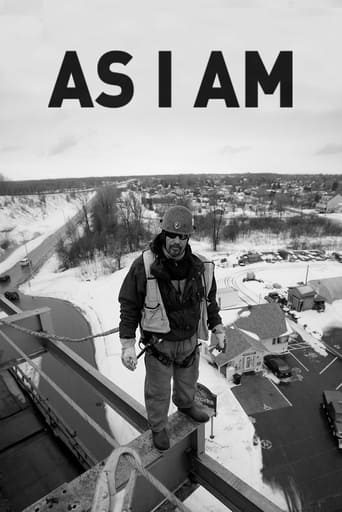

You May Also Like
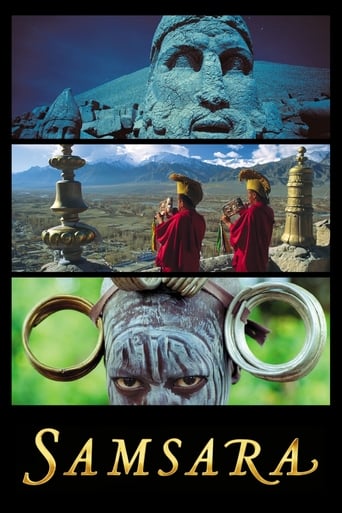


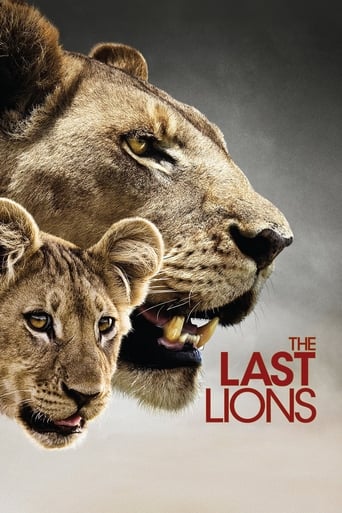
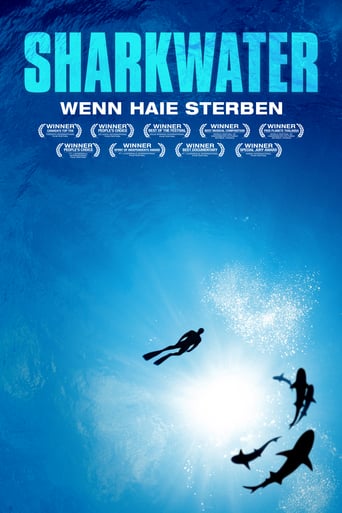
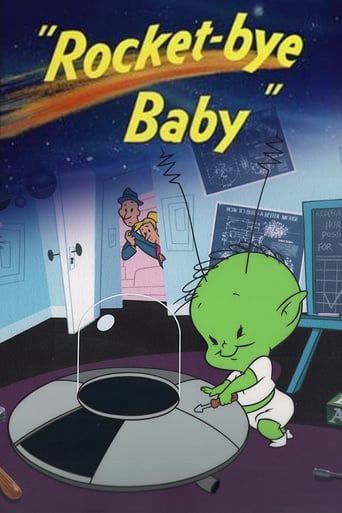

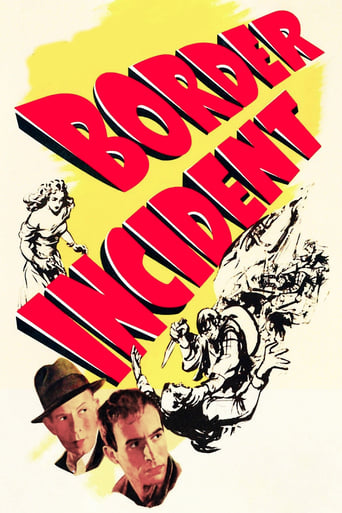
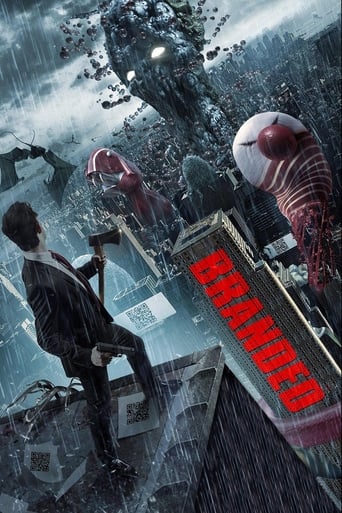
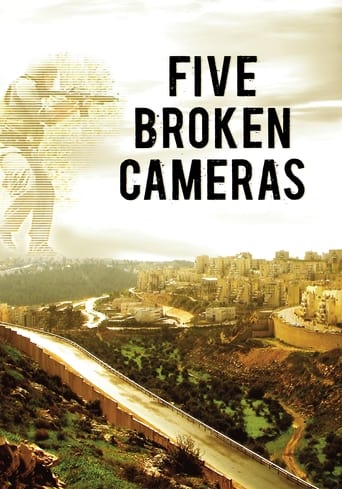
Reviews
Too much of everything
An Exercise In Nonsense
Admirable film.
The movie turns out to be a little better than the average. Starting from a romantic formula often seen in the cinema, it ends in the most predictable (and somewhat bland) way.
The documentary began with a terrific starting scene and it succeeds in slapping the face of the people watching over time. With great scenes and important messages, he draws audiences in the presence of beautiful music without narrator. Time is passing so fast and you are stunned at the end of the documentary. Without question, I can say the best documentary I have ever seen.
Visually stunning but not as powerful or coherent as Samsara.A documentary on...everything. No narration, no annotations or sub- titles, just images. We see majestic mountains, wildlife, religious and cultural ceremonies and customs, geological phenomena, landscapes, human habitation and how this impacts on nature, industry, urban living, poverty, military weapons and the effects of war, monuments to atrocities, art and architecture. The images are taken from all over the planet. While they might seem random at first, there are links between the different scenes...Quite amazing, visually: well selected and filmed images. It's like a National Geographic video without narration. Interesting themes too: nature vs mankind, war and its effects, the extent of human cruelty, the extent of human creativity, the superficiality and dullness of our daily lives. However, I found the individual scenes a bit ponderous at times, as if the director lingered on one subject too long to take up time. Also, the themes weren't always that clear, profound or well thought out.The problem might be that I watched Samsara (also directed by Ron Fricke and released a year after Baraka) before Baraka, thus some of the novelty had worn off. Samsara seemed more coherent in its message and had better pacing. Maybe if I had watched them in reverse order, my feelings on the two would be reversed.Overall, well worth watching. A very original documentary.
There may be many approaches when choosing film as a medium of communication.The concept of music and images without the contribution of a spoken script, leaves the viewer with a much greater possibilities of interpretation. We have to keep in mind that it is almost mandatory to plunge in the movie through these two unique means in order to let go. Then the experience should be more direct and pure.The result is a highly sensory and spiritual cinematic experience. The approach is totally unbiased. Do not judge or criticize anything. Only presents the images as they are, without the intervention of the spoken or written. I've read some reviews that the film has a message (enviromental, etc...).The movie has no message.No message at all.My view: As a result, IMHO the movie makes us see the world, not as a small part of the picture, (in fact, is what we see in all the movies), but as the the whole picture. Also, being a broader perspective on the human condition, it becomes easier to see ourselves not as individuals, but as a small part of a huge and complex mechanism which is Planet Earth.This approach would also apply to the chaos and randomness which are our lives seems to be tied. The movie makes us aware of the ephemeral nature of each situation, which is due to the impermanence of all forms, good or bad, life and death. Ultimately, all this might suggest the existence of a deployment of a higher order and purpose.Just for introspective viewers. 10/10
A bold statement certainly, however Baraka has an immense beauty that is surely universal in appeal. It is a documentary that's without narrative or narration, it captures a veritable plethora of imagery that reminds us that Earth is indeed a baraka, which is Arabic and Hebrew for 'blessing'.Any attempt to derive meaning or identify connection becomes merely incidental as you're presented with the hypnotic scenery that Ron Fricke and his team have captured; it must have been difficult for them to cut their glorious footage down to 97 minutes. The film traverses verdant jungles, epic mountain ranges, sweeping temple complexes, arid deserts, imposing cityscapes and haunting landmarks of evil such as Auschwitz and the Cambodian S-21 prison. Its human subjects are of all colours and creeds, with much of the film focusing on those who are less fortunate and sometimes utterly destitute. It is a sensational and occasionally disturbing cross-section of the planet's landscapes, cultures and history.The stunning wide shots and time lapses are scored with heady ambient music by Michael Stearns. His music is a cacophony of tribal chants, chimes and drums that's vital in creating Baraka's truly sensory immersion. My favourite piece is Baraka Theme, its broad, sonorous notes create a vast scope that perfectly accompanies the boundless panoramas.There are so many moments I could talk about, I could throw effusive adjectives at almost every frame, however I feel mere words can't do it justice. Baraka is a purely cinematic experience that's somewhat futile to describe.However, one memorable sequence I will mention is the factory processing of chicks that's interspersed with the frenetic pace of the Tokyo railway commuters; it is fascinating and ultimately quite unpleasant as the birds' destiny in battery cages is revealed after having their beaks burnt. The camera offers insights into an array of factories, showcasing their subjects' perfectly rehearsed skills in computer hardware assembly, textiles and poultry.It is a film that demands to be shown on good equipment, a film that serves as a benchmark for one's TV or projector. Apparently, it was the first film to receive an 8K transfer, what an awesome experience that must be, most likely better than real life!When Baraka sadly finishes, you eventually move your eyes away from the screen for the first time in 97 minutes and realise that you've been dead still the whole time as you check your watch, surprised to see that many hours haven't passed. It is a triumph that the moving image alone can achieve such engrossment.86%www.hawkensian.com
Top Streaming Movies











